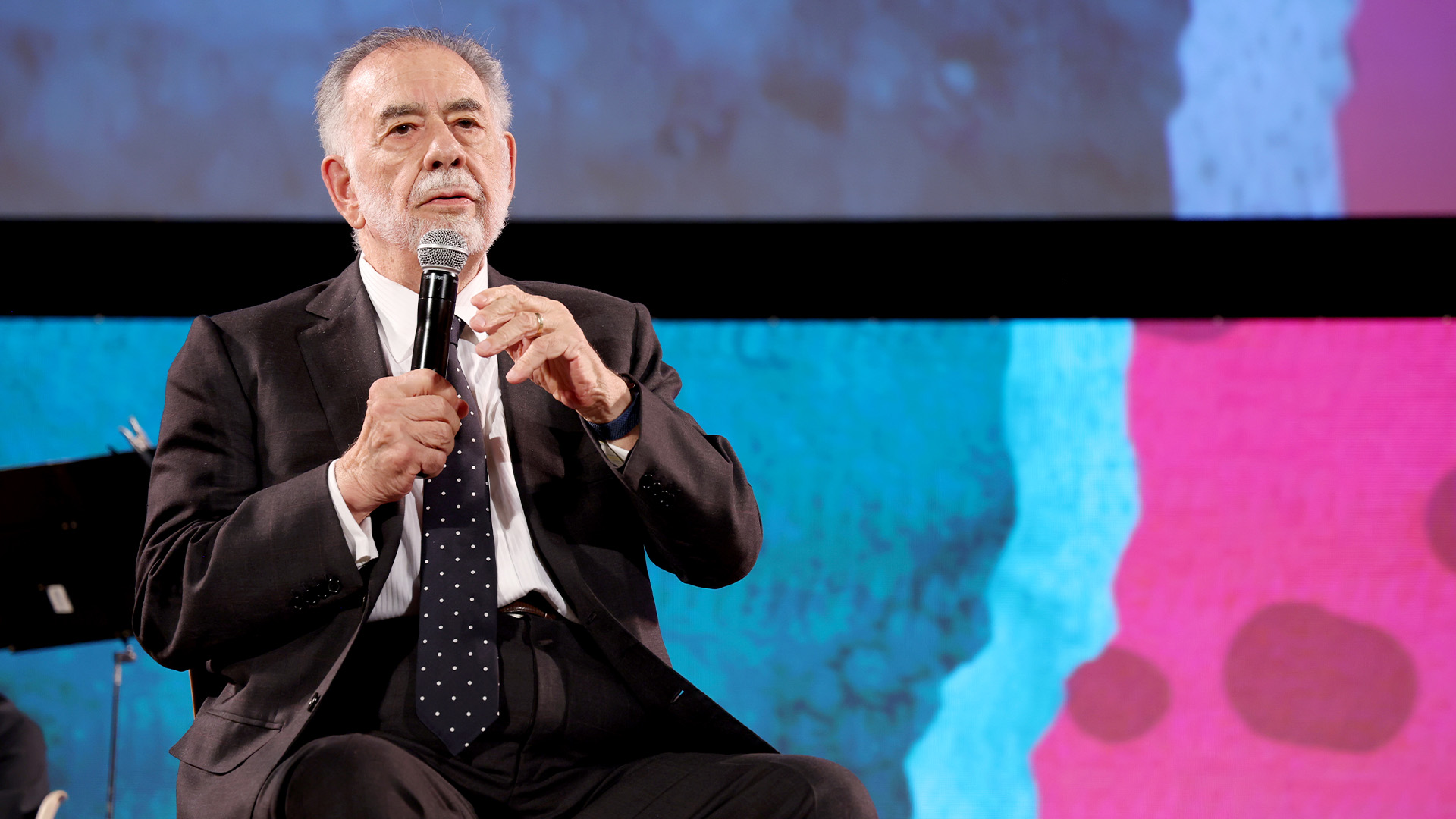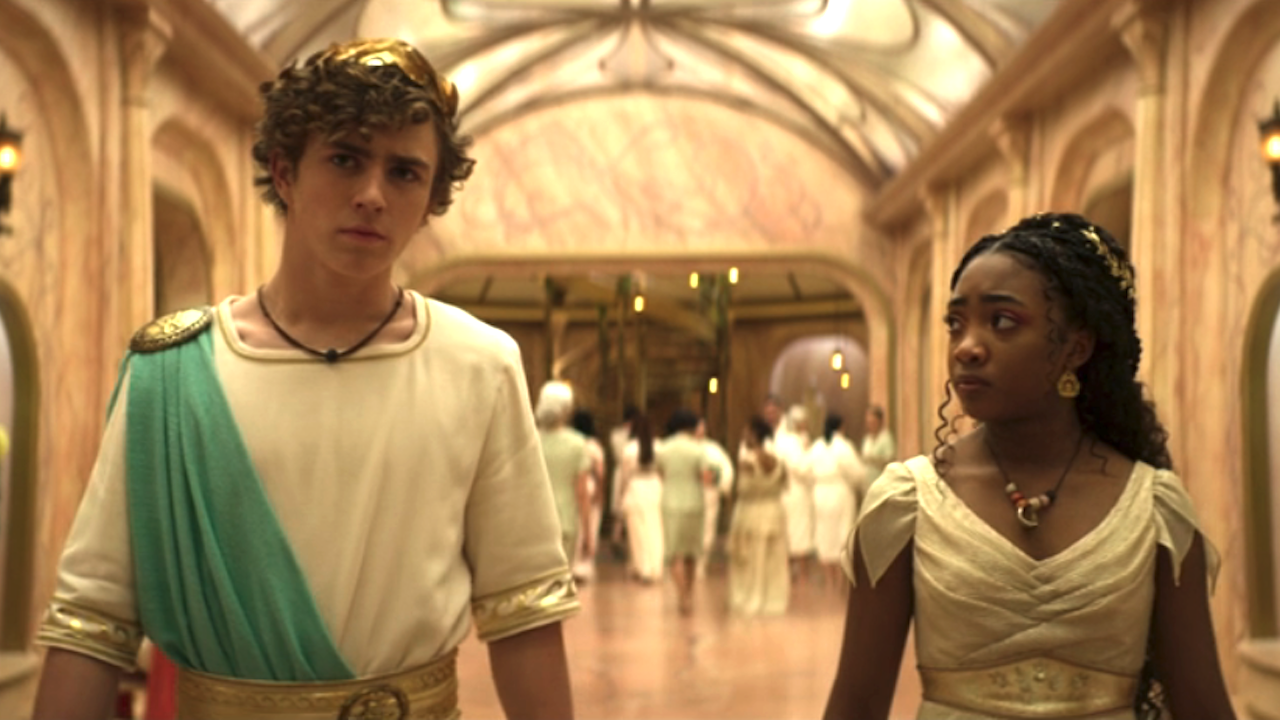Francis Ford Coppola Planning A Massive, Decades-Spanning Feature

Between Apocalypse Now and The Godfather trilogy, Francis Ford Coppola has cemented his reputation as one of America's most influential filmmakers. Still, it's worth remembering that while these films are widely well regarded as classics now, Apocalypse Now was a major gamble that repeatedly looked like it wouldn't pay off.
Decades later, Coppola is still defined by his gambles. Just last year he premiered his the horror-thriller Twixt with the wildly unconventional plan of going on tour with a series of event screenings where he would cut the thriller on the fly, based on audience response. Looking back on a career that has already spanned more than fifty years, he talked about his risk taking with EW, and gave a clue to what he's working on next, curiously confessing:
I have a secret investor that has infinite money. I learned what I learned from my three smaller films, and wanted to write a bigger film. I’ve been writing it. It’s so ambitious so I decided to go to L.A. and make a film out of a studio that has all the costume rentals, and where all the actors are. My story is set in New York. I have a first draft. I’m really ready for a casting phase. Movies are big in proportion to the period. It starts in the middle of the ‘20s, and there are sections in the ‘30s and the late ‘40s, and it goes until the late ‘60s.
Typically, movies that leap through decades feel rushed and jumbled, but when it comes to Coppola, we're more than willing to give him the benefit of the doubt. And if he's calling this one "big" and "ambitious," be prepared to be blown away. Just consider Apocalypse Now.
Inspired by Joseph Conrad's novella Heart of Darkness, Coppola and co-writer John Millius shaped a complicated portrait of the horrors of the Vietnam War. In making the film, Coppola faced a plethora of obstacles, fighting for funding, wrangling talent willing to shoot on location in the jungles of the Philippines for months on end, replacing his lead after shooting had begun, and then keeping his new leading man (Martin Sheen) sane as production problems mounted. Reports of all these disruptions—and many more—hurt the film's reputation before it ever even screened.
To stem the wave of bad press, Coppola exhibited a work in progress cut at the 1979 Cannes Film Festival, where—even its rough form—it was met with rave reviews. Today, it is considered a masterpiece that helped usher in the New Hollywood era, and it still shapes our understanding of American history. So, when he calls a movie "big," we believe it.
Your Daily Blend of Entertainment News
Staff writer at CinemaBlend.

